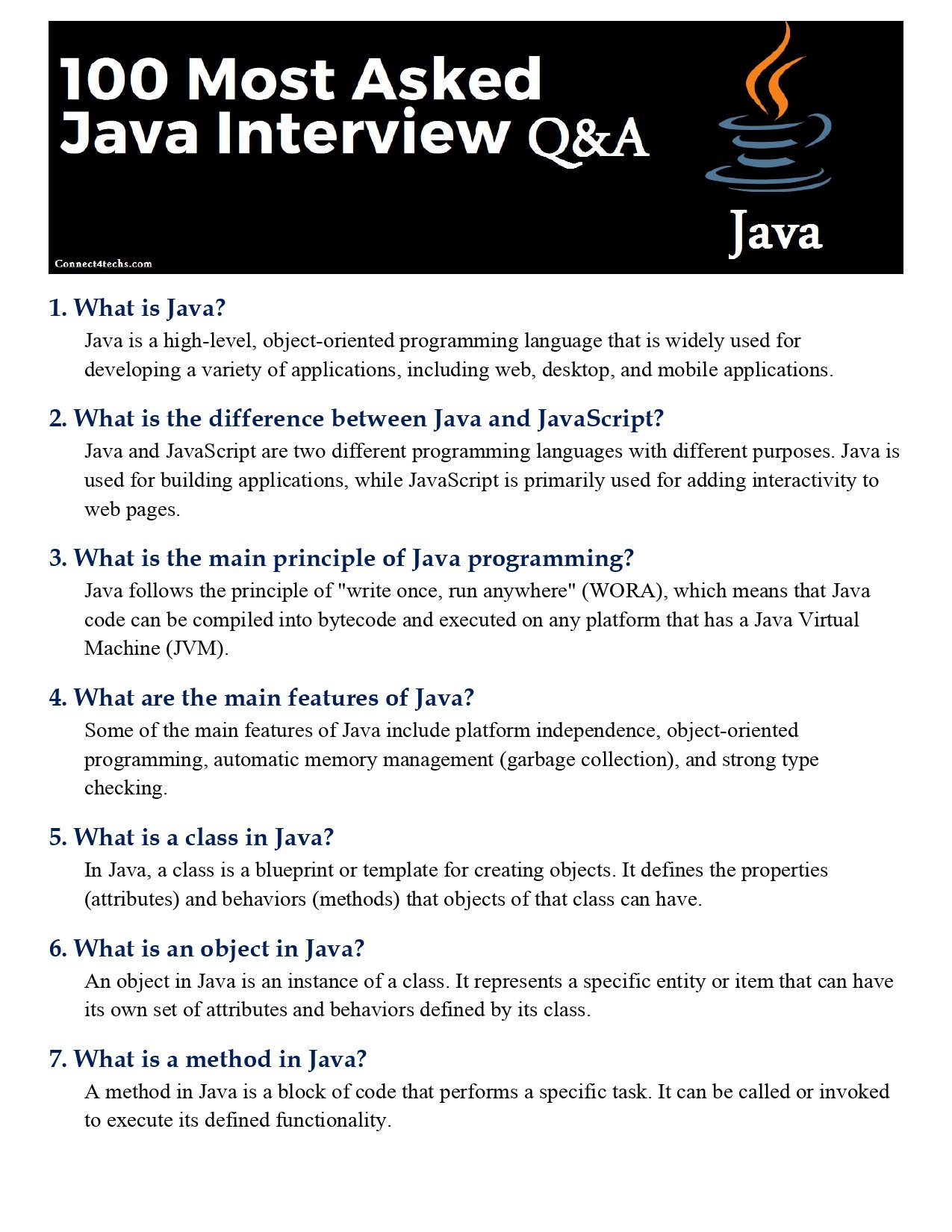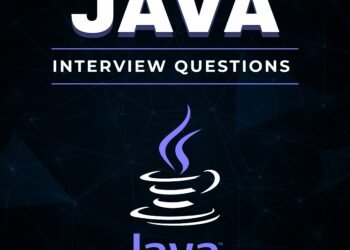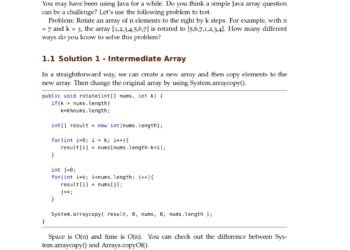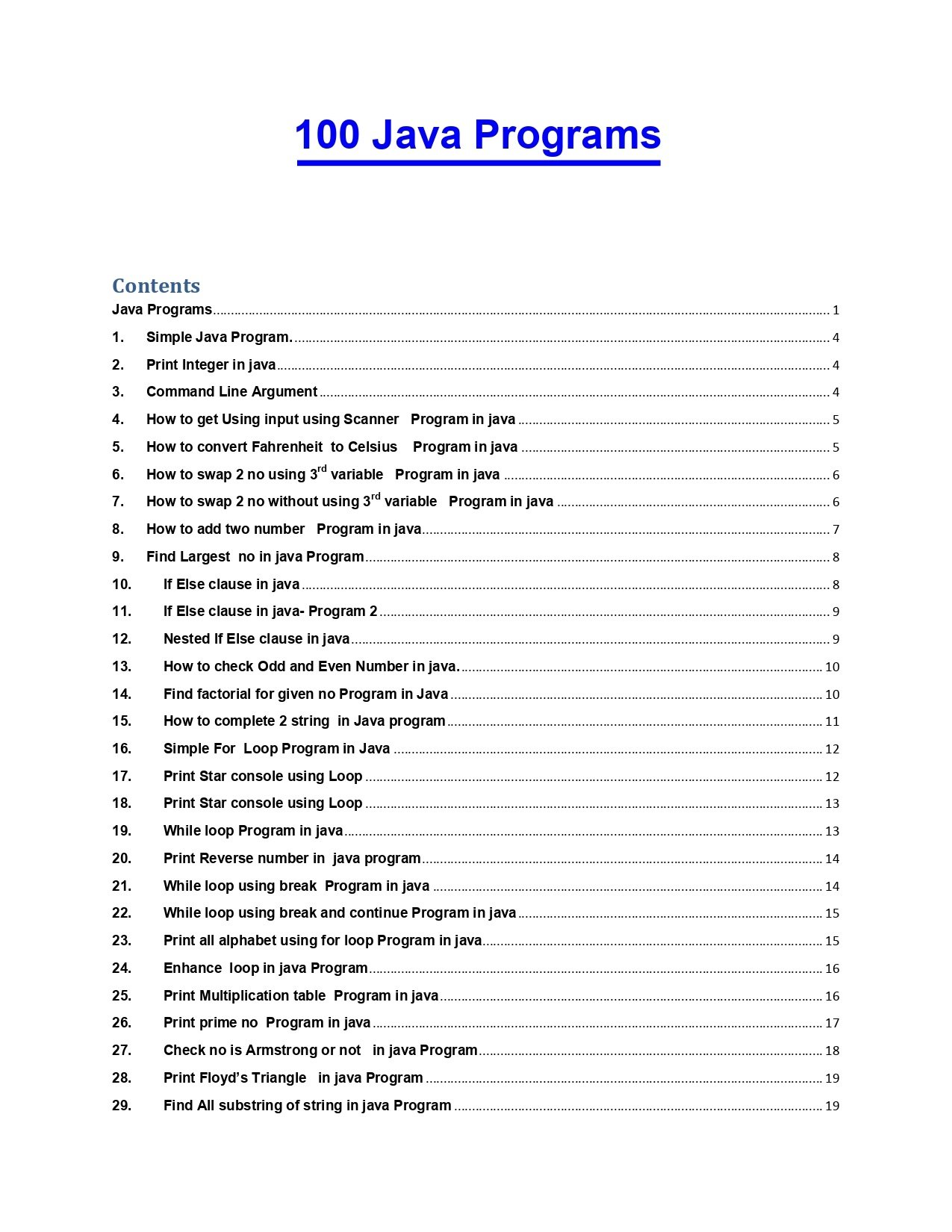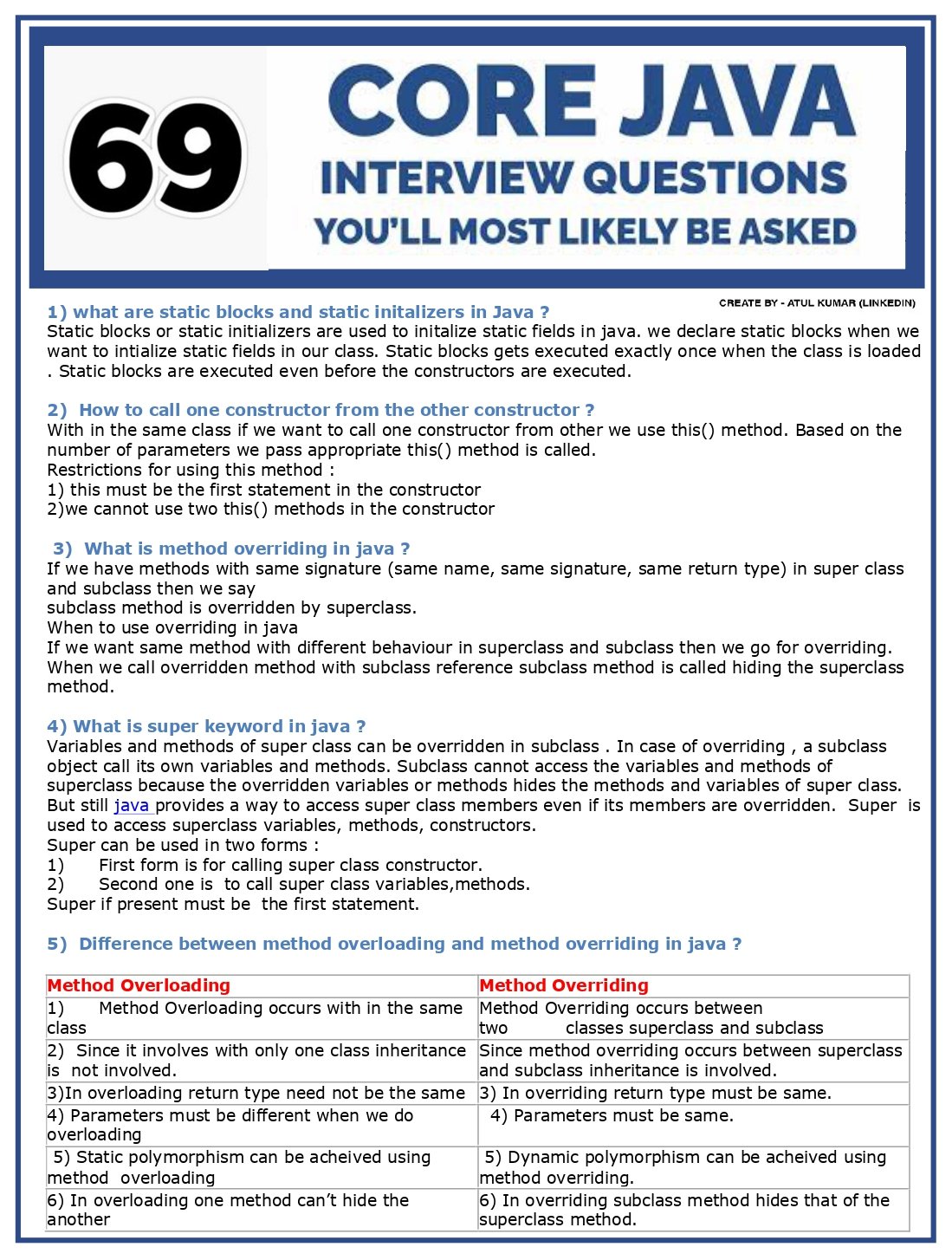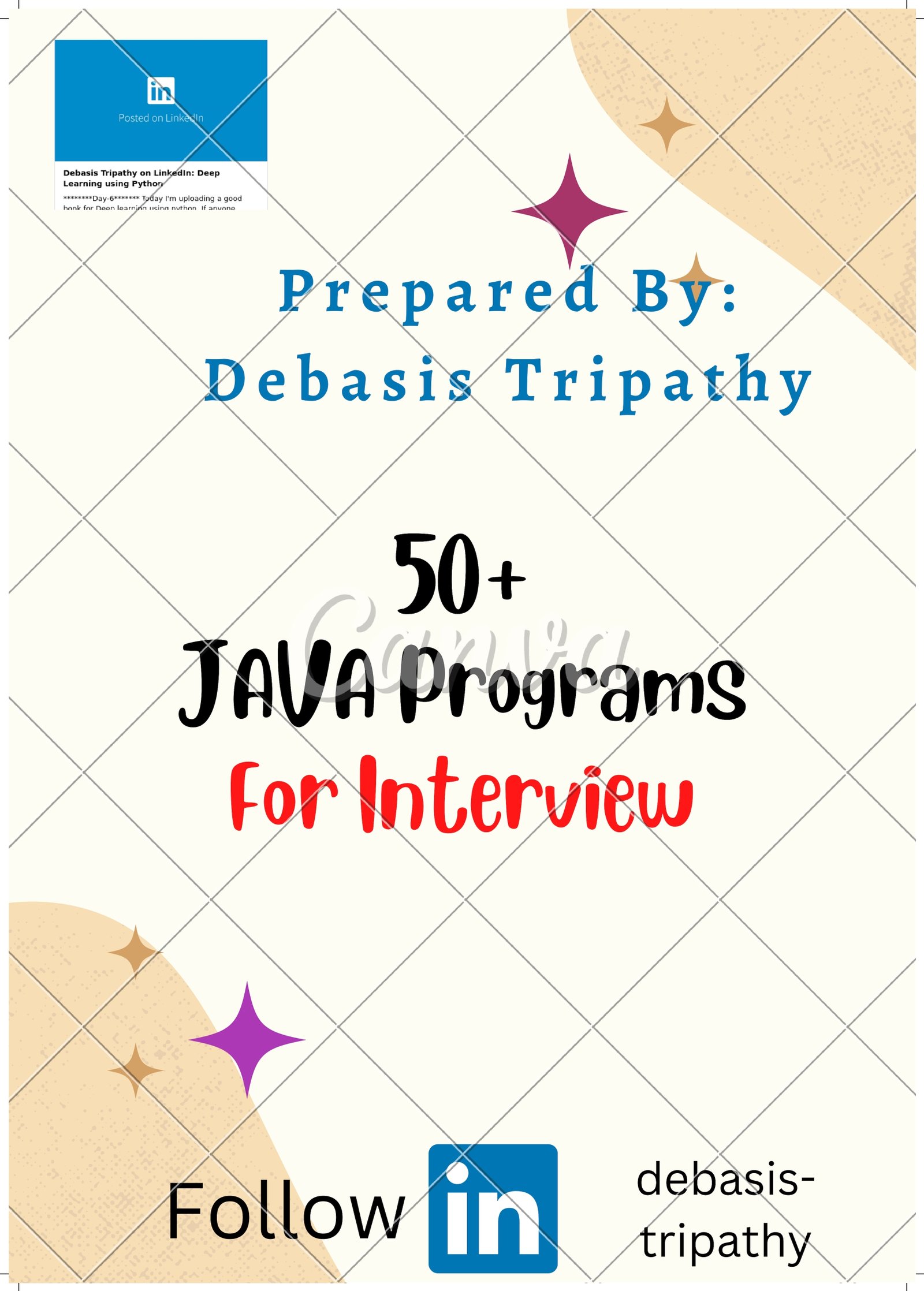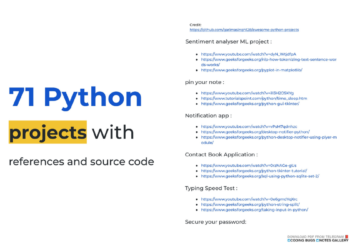Java is a popular and widely used programming language that can run on any device that supports the Java Virtual Machine (JVM). The JVM is a software component that executes Java bytecode, which is the intermediate representation of Java source code. The JVM is responsible for providing platform independence, security, performance, and portability to Java applications.
However, to run Java applications, you need more than just the JVM. You also need the Java Runtime Environment (JRE) and the Java Development Kit (JDK). These are two essential components that provide the libraries, tools, and environment for developing and running Java applications. In this blog post, I will introduce you to a PDF document that contains a detailed and easy-to-understand tutorial on JVM, JRE, and JDK, explaining their concepts, features, functions, and differences.
Overview about the Notes
The PDF document that I am going to share with you is called “Java Tutorial – JVM, JRE, JDK”.

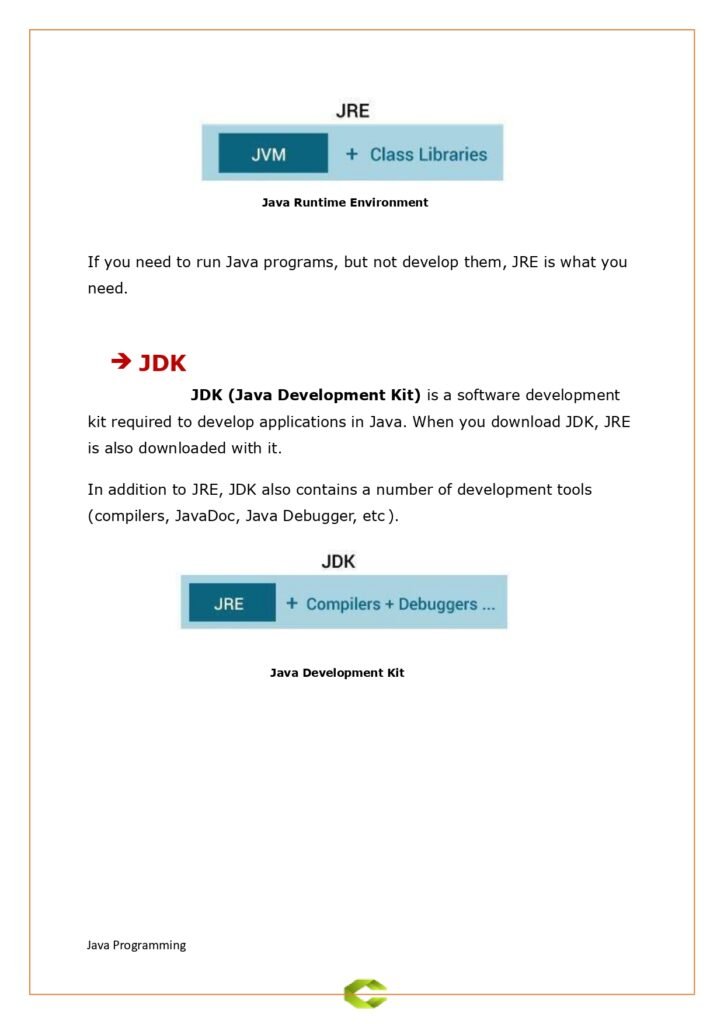
The document is divided into four sections, each covering a different topic related to JVM, JRE, and JDK. The sections are as follows:
- Section 1: Introduction to JVM
- Section 2: Introduction to JRE
- Section 3: Introduction to JDK
- Section 4: Difference between JVM, JRE, and JDK
Each section contains a clear and comprehensive explanation of the concepts, diagrams, examples, and links to further resources. The document also contains a summary, a list of references, and a quiz.
The Content of the Notes
The document covers the essential topics that you need to know to understand JVM, JRE, and JDK. It assumes that you have some basic knowledge of Java, such as how to write and compile a simple Java program. However, it does not require any advanced knowledge of Java or its internals.
The document starts with an introduction to JVM, where it explains the architecture, components, functions, and features of the JVM. It also explains how the JVM executes Java bytecode, how the JVM performs memory management, garbage collection, and exception handling, and how the JVM provides platform independence, security, performance, and portability to Java applications.
The document then moves on to the introduction to JRE, where it explains the definition, components, functions, and features of the JRE. It also explains how the JRE provides the libraries, tools, and environment for running Java applications, how the JRE interacts with the JVM, and how the JRE differs from the Java SE, Java EE, and Java ME platforms.
The document also covers the introduction to JDK, where it explains the definition, components, functions, and features of the JDK. It also explains how the JDK provides the libraries, tools, and environment for developing Java applications, how the JDK interacts with the JRE and the JVM, and how the JDK differs from the Java SE, Java EE, and Java ME platforms.
The document then concludes with the difference between JVM, JRE, and JDK, where it summarizes the main points of comparison and contrast between the three components. It also provides a table that shows the differences in terms of definition, components, functions, features, and usage.
Why This Notes
This PDF document is a great resource for anyone who wants to learn or review JVM, JRE, and JDK. It is written by an experienced and qualified software engineer and blogger who has a deep understanding and passion for Java. It is based on the latest version of Java and follows the best practices and standards of the language. It is detailed and easy-to-understand, covering all the essential topics in a clear and concise way. It is also interactive and engaging, providing diagrams, examples, and links to further resources. It is also free and accessible, available for download from the link below.
Conclusion
JVM, JRE, and JDK are three important components that enable Java to run on any device and platform. They are also three concepts that every Java developer and learner should know and understand. If you want to learn or review JVM, JRE, and JDK, you should definitely check out this PDF document that contains a complete and comprehensive tutorial on JVM, JRE, and JDK. It will help you understand the architecture, components, functions, and features of JVM, JRE, and JDK. It will also help you understand the difference between JVM, JRE, and JDK. It will also help you develop and run your own Java applications and explore the possibilities of the language.
Download from Link Below
You can download the PDF document “Java Tutorial – JVM, JRE, JDK” from this link: [Java Tutorial – JVM, JRE, JDK (PDF)].
I hope you find it useful and enjoyable. Happy learning! 😊.



